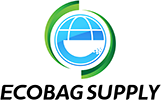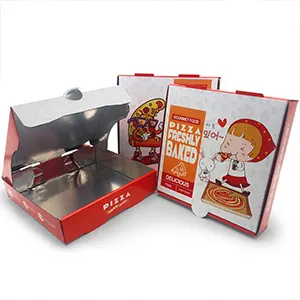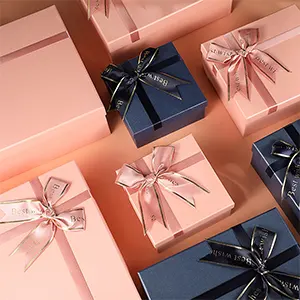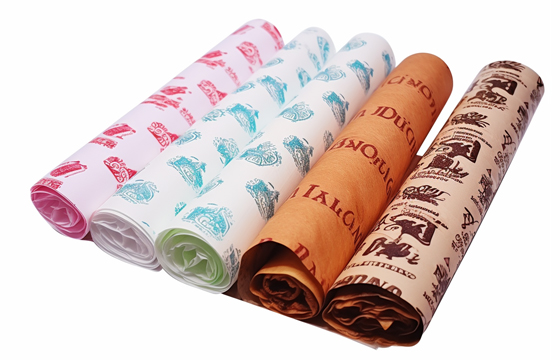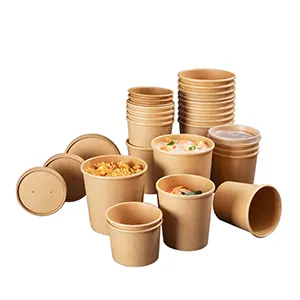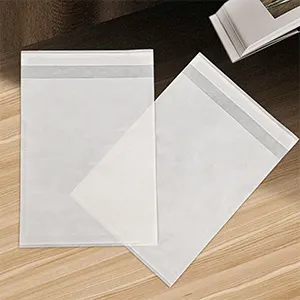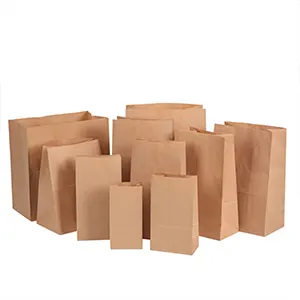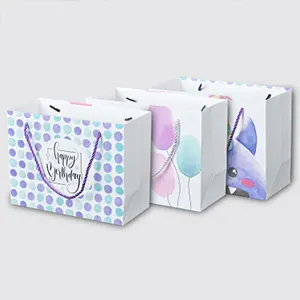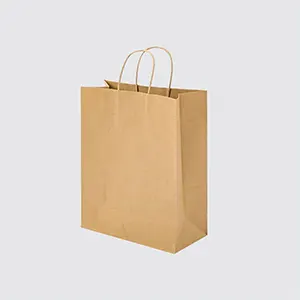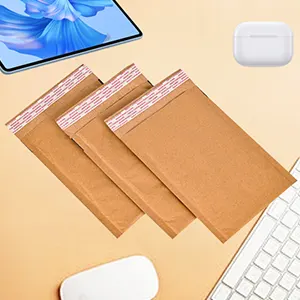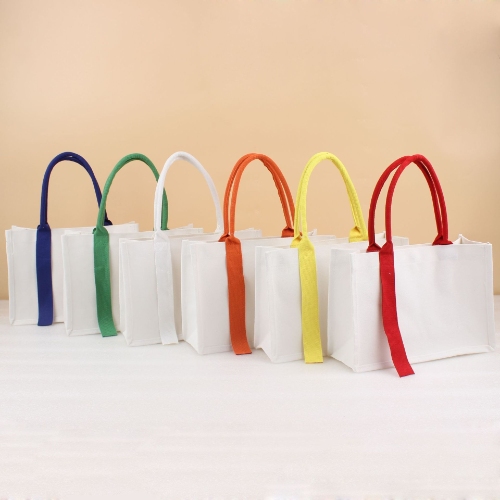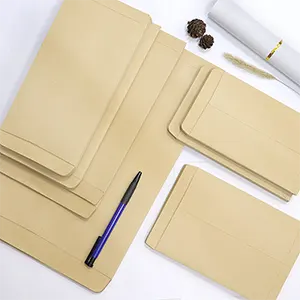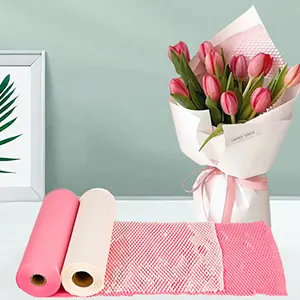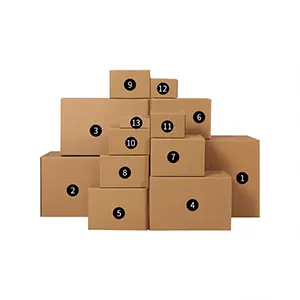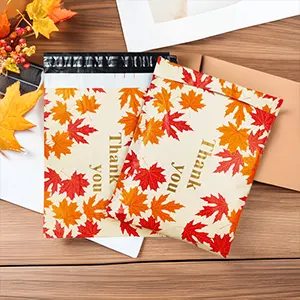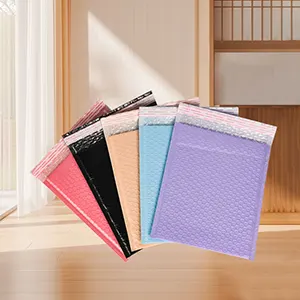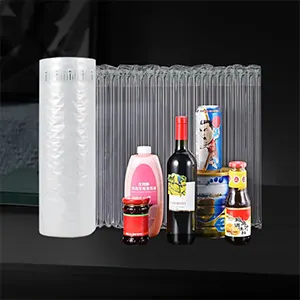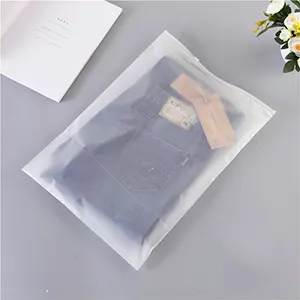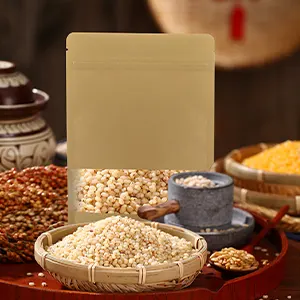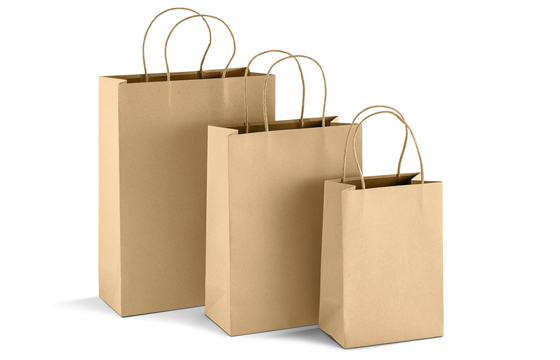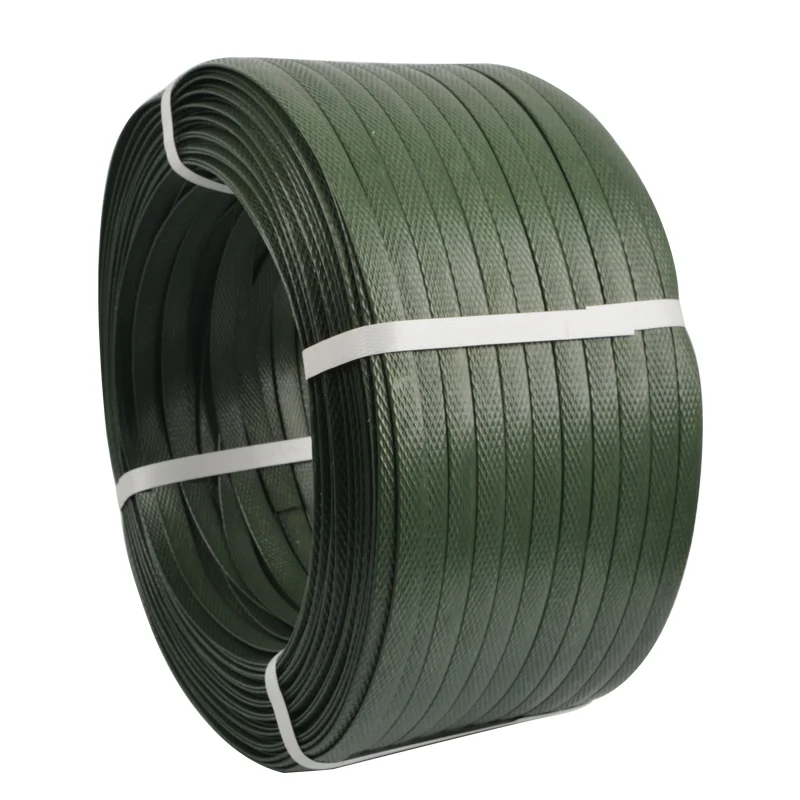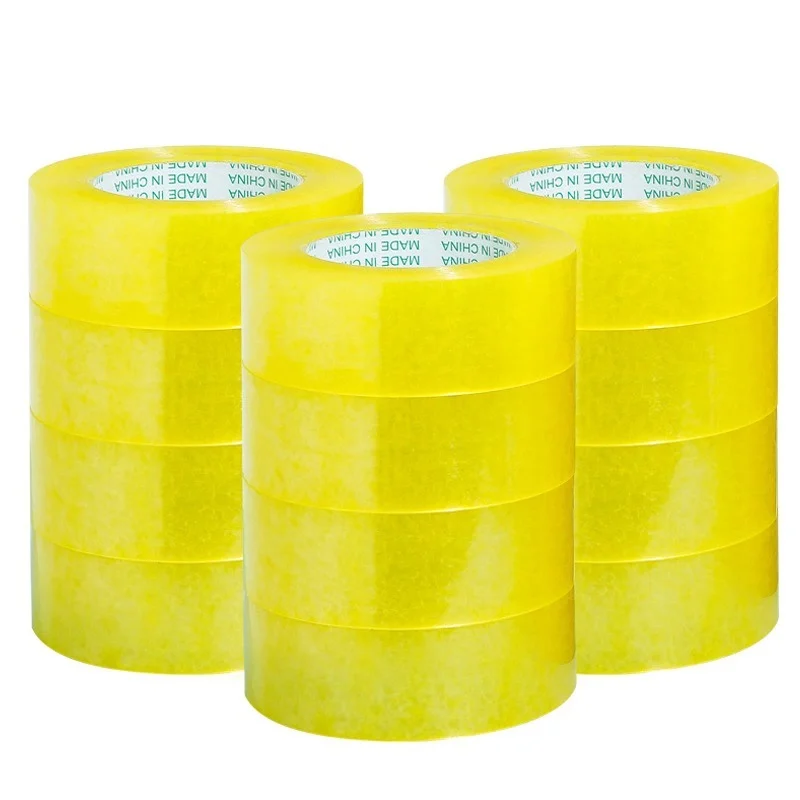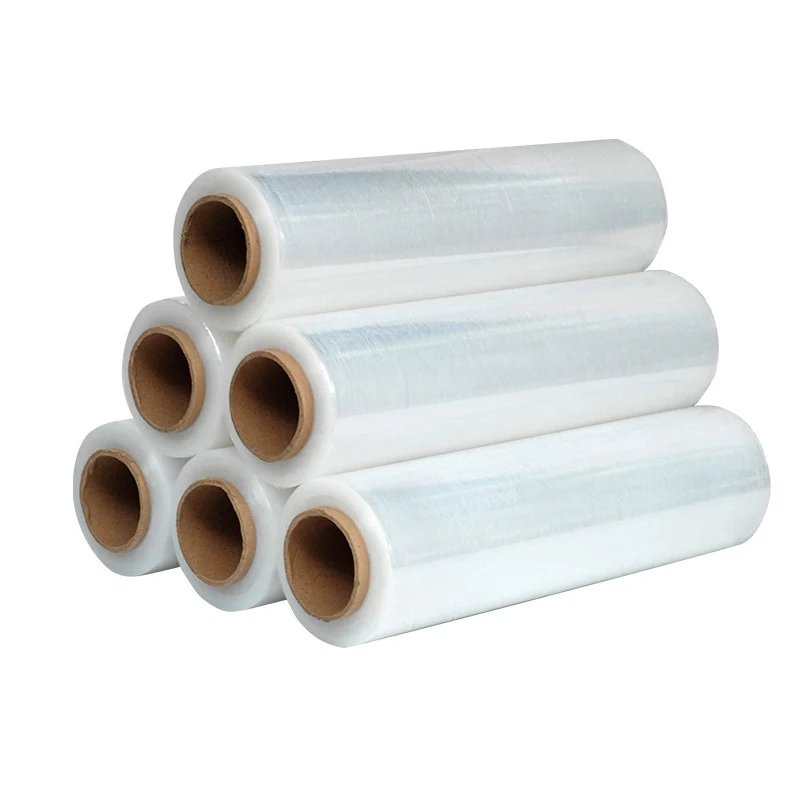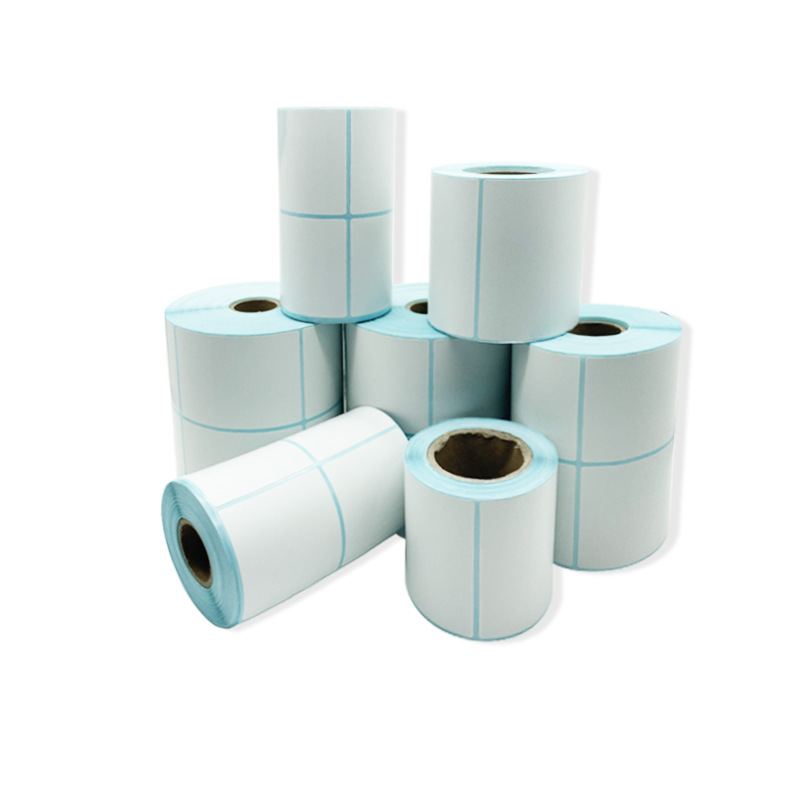White Greaseproof Paper Sheets: The Classic Packaging Choice
White greaseproof paper sheets are a timeless and indispensable staple in the world of food preparation and packaging. Their clean, crisp, and professional appearance makes them the classic choice for a vast array of culinary applications, from high-end bakeries to bustling cafes and the everyday home kitchen. More than just a functional barrier against grease, white paper acts as a perfect blank canvas. It enhances the visual appeal of food, provides a high-contrast background for vibrant branding, and communicates a sense of cleanliness and quality. This definitive guide will explore the unique properties, versatile applications, and strategic benefits of using white greaseproof paper, solidifying its status as the classic choice for both protection and presentation.
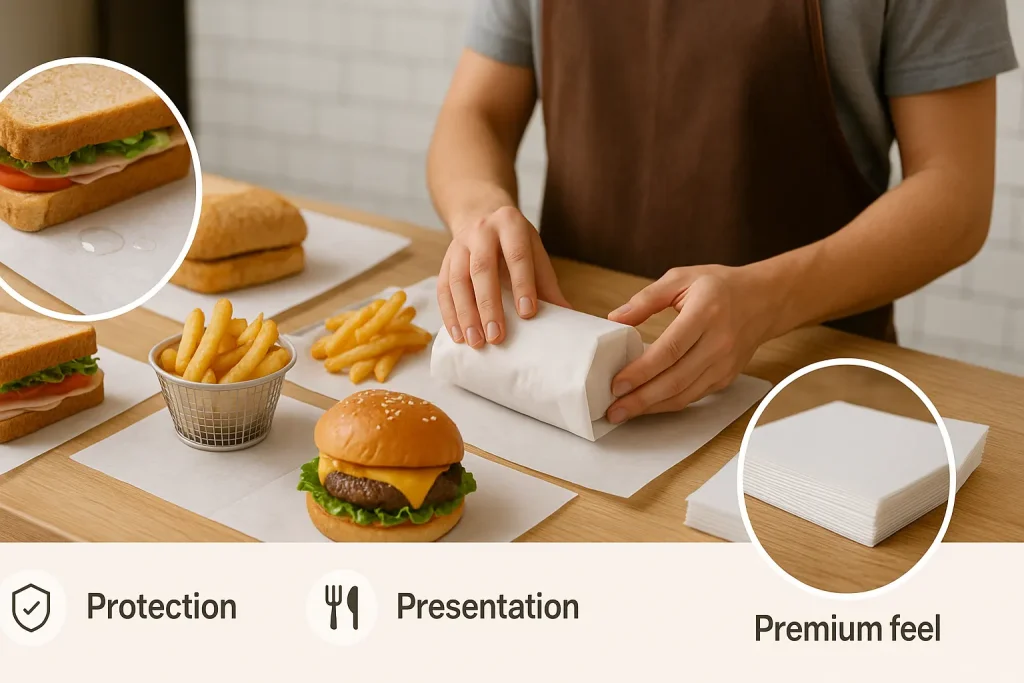
The Science and Production of White Greaseproof Paper
The clean look and high performance of white greaseproof paper are the results of a specific and controlled manufacturing process. Understanding how this paper is made helps to appreciate its unique qualities and its suitability for food-contact applications. It is a product of careful engineering, designed for both safety and functionality.
From Wood Pulp to Paper: The Manufacturing Process
Like all paper, the journey begins with wood pulp. For a food-grade product, this pulp must be 100% virgin pulp, meaning it does not contain any recycled content that could introduce contaminants. The pulp is mixed with water to create a slurry. This slurry is then spread out onto large screens to form a thin sheet, and the water is drained away. This initial sheet of paper is still very porous and does not have any grease-resistant properties.
The Bleaching Process: How the White Color is Achieved
The natural color of wood pulp is brown. To create a white paper, the pulp must be bleached to remove the lignin, the natural polymer that gives wood its color. Modern, environmentally conscious manufacturers use safe and eco-friendly bleaching processes. These are typically either Elemental Chlorine Free (ECF) or Totally Chlorine Free (TCF) methods. These processes use oxygen-based compounds, like ozone or hydrogen peroxide, to whiten the pulp. This avoids the creation of the harmful dioxins associated with older, chlorine-based bleaching methods.
The Supercalendering Process for Grease Resistance
After the pulp is whitened and formed into a sheet, it undergoes the critical process that makes it greaseproof. This is a mechanical process called supercalendering. The paper sheet is passed through a series of large, heavy rollers that apply immense pressure and friction. This process compresses and densifies the paper fibers, reducing the microscopic gaps between them to an absolute minimum. The resulting paper has an extremely low porosity, which creates a physical barrier that is too tight for large oil and grease molecules to penetrate.
Ensuring Food-Grade Safety and Purity
Throughout this entire process, a reputable manufacturer will adhere to strict hygiene and safety standards. The final product is tested to ensure it is free from any harmful chemicals and is completely safe for direct contact with food. A certified "food-safe" or "food-grade" white greaseproof paper is a guarantee of this purity. It is a product that both businesses and home users can trust.
The Aesthetic Power of White: A Clean Canvas
The choice of white is far more than a simple absence of color. White is a powerful aesthetic tool in food presentation and branding. Its clean, bright, and neutral nature makes it an incredibly versatile and effective choice for a wide range of culinary styles.
The Psychology of White in Food Packaging
White has a number of strong and positive psychological associations, especially in the context of food. It is the color most associated with cleanliness, hygiene, and purity. When a customer receives a food item wrapped in crisp, clean white paper, it sends a powerful subconscious message that the food is safe, fresh, and has been prepared in a clean environment. White is also associated with simplicity and minimalism, which can create a modern and sophisticated brand image.
Here are some of the key psychological associations of white in packaging:
- Cleanliness and Hygiene: It creates a strong impression of a clean and sanitary product and preparation environment.
- Purity and Freshness: It suggests that the ingredients are pure, fresh, and of high quality.
- Simplicity and Minimalism: It provides a clean, uncluttered look that is associated with modern and sophisticated branding.
- A Blank Canvas: It allows the colors of the food and any printed branding to be the stars of the show.
How White Paper Makes Food Colors "Pop"
White is the ultimate background color. It provides a neutral, high-contrast canvas that makes the colors of the food itself appear more vibrant and appetizing. The rich browns of a chocolate croissant, the bright reds of a strawberry tart, or the fresh greens in a sandwich all "pop" when placed against a clean white background. This visual contrast is a key principle of professional food photography and presentation, and white paper makes it easy to achieve.
Creating a Modern, Minimalist, and Premium Look
A minimalist aesthetic is a major trend in modern branding. A clean white wrapper, perhaps with a simple, one-color logo, can create a look that is incredibly chic and high-end. It is a statement of confident simplicity. It suggests that the quality of the food product speaks for itself and does not need a loud, flashy package. This is a popular approach for gourmet and artisanal brands that want to project an image of refined elegance.
The Versatility of White as a Background for Any Brand Color
Because white is a neutral color, it works with any brand's color palette. No matter what your logo colors are, they will look great when printed on a white background. This makes white greaseproof paper sheets a very safe and versatile choice for custom printing. The colors will be true, bright, and easy to read. This is a significant advantage over a colored or brown paper, where the base color can affect the appearance of the printed inks.
White Greaseproof Paper in Baking Applications
In the world of baking, white greaseproof paper sheets are a true kitchen essential. They are used in a huge variety of applications to improve results, simplify processes, and make cleanup a breeze. Their clean look and reliable performance make them a favorite of both professional pastry chefs and home bakers.
The Classic Choice for Lining Baking Sheets
This is the most fundamental use. Lining a metal baking sheet with a piece of white greaseproof paper is the first step in countless recipes. It creates a grease-resistant barrier that helps to prevent cookies, scones, and other baked goods from sticking to the pan. This not only makes the items easy to remove but also makes the pan much easier to clean. Using a pre-sized baking sheet greaseproof paper can make this process even faster and more convenient.
How its Light Color Prevents Over-Browning
The bright, reflective surface of white paper can be an advantage in baking. Dark-colored metal pans absorb more heat, which can sometimes cause the bottoms of delicate baked goods to brown too quickly. The white paper provides a lighter-colored surface that reflects some of the heat. This can help to promote a more even, gentle bake and can prevent the bottoms from burning.
Perfect for Lining Cake Tins for a Clean Release
A clean release is essential for a perfect-looking cake. Tracing the bottom of a cake tin onto a sheet of white greaseproof paper and cutting out a circle is the guaranteed way to prevent the cake from sticking. For extra insurance, a long strip of paper can also be used to line the sides of the tin. The clean, white paper will not impart any color or flavor to the delicate cake crumb.
Use in Delicate Pastry and Confectionery Work
For delicate work with pastries, chocolates, and other confections, a clean work surface is a must. A large sheet of white greaseproof paper is perfect for this. It provides a smooth, hygienic, and disposable surface for rolling out dough, dipping chocolates, or decorating with icing. The white background also makes it easy to see and work with both light and dark colored ingredients. For a comparison to other baking papers, the Parchment paper page offers some useful context.
Applications in Food Service and Presentation
The clean, professional look of white greaseproof paper sheets makes them a staple in the food service industry. They are used in countless ways to protect food, enhance presentation, and improve the overall customer experience.
The Ideal Wrapper for Sandwiches, Wraps, and Deli Items
A crisp, white paper wrap is the classic and professional way to present a sandwich, burrito, or other takeaway item. The paper is strong enough to hold the item together securely. Its grease-resistant properties prevent any sauces or oils from leaking through and creating a mess. It is a simple, effective, and hygienic solution that customers know and trust.
As a Hygienic and Crisp Liner for Baskets and Trays
Lining a serving basket, a takeaway box, or a dine-in tray with a sheet of white greaseproof paper is a simple touch that elevates the entire presentation. It provides a clean, sanitary barrier between the food and the serving vessel. It also absorbs any excess grease from fried items, keeping the rest of the meal clean and appetizing. This is a key reason why it is a go-to product for all types of catering with greaseproof paper sheets.
Elevating Platter and Charcuterie Board Presentation
When creating a beautiful platter of cheeses, cured meats, or other appetizers, a sheet of white greaseproof paper can be used as an elegant and functional base. It protects the wooden board or slate platter from oils and stains. More importantly, it provides a clean, high-contrast background that makes the colors and textures of the food stand out.
Custom Printing on a White Background
The neutral, bright white surface of a bleached greaseproof paper sheet makes it the perfect canvas for custom printing. It allows for the most vibrant and accurate color reproduction, making it the ideal choice for businesses with a detailed or multi-colored brand identity.
Why White Paper is the Best Base for Vibrant, Multi-Color Printing
Because the base is a true, bright white, it does not interfere with the color of the inks printed on top of it. A red ink will look like a true red, and a blue ink will look like a true blue. This color accuracy is crucial for brands that have a specific and carefully chosen color palette. The white background allows for the full spectrum of colors to be printed with vibrancy and clarity.
The Impact of a Simple, One-Color Logo on a White Sheet
Even a simple, one-color design can look incredibly striking on a white background. A bold black or a single, bright brand color printed in a repeating pattern on a crisp white sheet creates a look that is clean, modern, and highly professional. This minimalist approach is a very popular and effective branding strategy.
Designing Effective Patterned Greaseproof Paper Sheets
A white background is also the perfect base for more complex patterns. It allows the details and colors of the pattern to be seen clearly without any interference from the paper's own color. This versatility is a major advantage when designing custom patterned greaseproof paper sheets.
White vs. Brown Greaseproof Paper: A Head-to-Head Comparison
The choice between white and brown greaseproof paper is one of the most common decisions a business or home user will make. While both perform a similar function, they have very different aesthetic and environmental profiles.
Aesthetic Differences: Clean and Modern vs. Rustic and Artisanal
This is the main point of difference. White greaseproof paper sheets offer a clean, bright, modern, and professional look. They are a blank canvas that feels hygienic and sophisticated. Brown greaseproof paper sheets, on the other hand, offer a rustic, earthy, and artisanal look. They feel natural and wholesome. The choice between the two is a strategic branding decision that should align with the business's core identity.
Performance Differences
From a purely functional standpoint, there is no significant difference in performance between a high-quality white paper and a high-quality brown paper from the same manufacturer. Both will offer the same level of grease resistance and a similar heat tolerance. Some may argue that unbleached brown paper is slightly stronger, but for most food applications, this difference is negligible.
Environmental Considerations of Bleaching
The main environmental difference is the bleaching process. As we have discussed, brown paper is unbleached. White paper has been whitened, typically using an eco-friendly TCF or ECF process. While modern bleaching is much cleaner than old methods, the unbleached process is inherently simpler and uses fewer chemicals and less energy. This makes brown paper the clear winner from a purely environmental perspective.
Practical Tips and Tricks for Using White Sheets
To get the most out of your white greaseproof paper sheets, there are a few simple tips that can make them even more effective and easier to use.
How to Handle Large Greaseproof Paper Sheets
For large-scale baking or prep work, using large greaseproof paper sheets is very efficient. When working with these big sheets, it is important to have a large, clean, and flat surface to lay them out on. This prevents them from getting wrinkled or contaminated before use.
Techniques to Prevent Curling in Pans
A common frustration with paper from a roll is its tendency to curl up. The "crumple trick" is the best solution. Simply crumple the cut sheet into a ball and then flatten it back out. This will break the paper's memory and allow it to lie flat. A small dab of butter in the corners of the pan also works as a helpful anchor.
Final Thoughts on White Greaseproof Paper Sheets
The white greaseproof paper sheet has rightfully earned its status as a classic and indispensable tool in the culinary world. Its clean, crisp appearance provides the perfect blank canvas to make food look its most vibrant and appetizing. Its versatility is unmatched, serving a crucial role in baking, cooking, wrapping, and presenting. For any brand that wants to project an image of quality, cleanliness, and professionalism, white paper is a powerful and effective choice. While other options exist, the timeless, versatile, and high-performing nature of white greaseproof paper ensures it will always have a central place in well-equipped kitchens everywhere.
JERL has been working hard on the road of custom packaging. Next time when you feel the need to impress someone with your brand, think of JERL Packaging!
